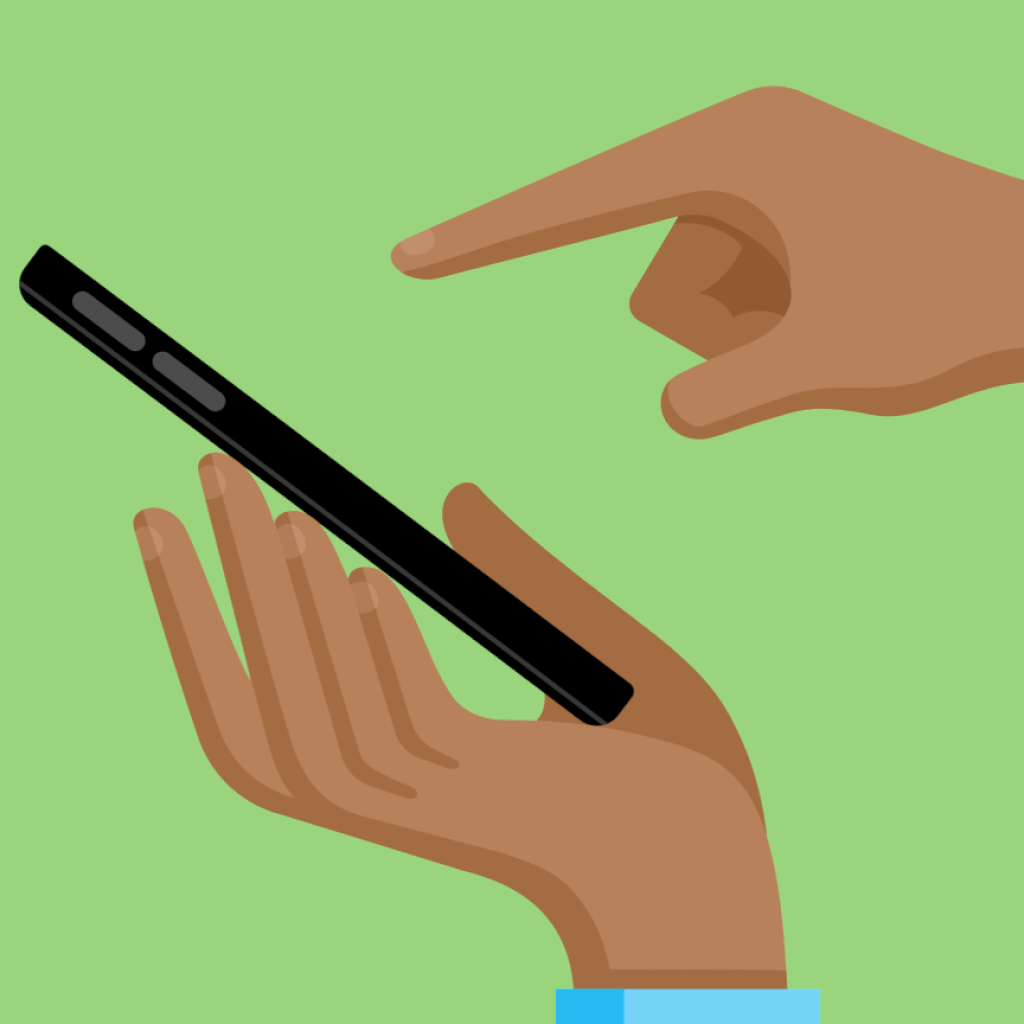Proposed Toronto development from Google’s Sidewalk Labs sparks concerns over data
Heated streets will melt ice and snow on contact. Sensors will monitor traffic and protect pedestrians. Driverless shuttles will carry people to their doors.
A unit of Google’s parent company Alphabet is proposing to turn a rundown part of Toronto’s waterfront into what may be the most wired community in history — to “fundamentally refine what urban life can be.”
Dan Doctoroff, the CEO of Sidewalk Labs, envisions features like pavement that lights up to warn pedestrians of approaching streetcars. Flexible heated enclosures — described as “raincoats” for buildings — will be deployed based on weather data during Toronto’s bitter winters. Robotic waste-sorting systems will detect when a garbage bin is full and remove it before raccoons descend.
“Those are great uses of data that can improve the quality of life of people,′ he said. “That’s what we want to do.”
But some Canadians are rethinking the privacy implications of giving one of the most data-hungry companies on the planet the means to wire up everything from street lights to pavement.
The concerns have intensified following a series of privacy scandals at Facebook and Google. A recent Associated Press investigation found that many Google services on iPhones and Android devices store location-tracking data even if you use privacy settings that are supposed to turn them off.
Adam Vaughan, the federal lawmaker whose district includes the development, said debate about big data and urban infrastructure is coming to cities across the world and he would rather have Toronto at the forefront of discussion.
“Google is ahead of governments globally and locally. That’s a cause for concern but it’s also an opportunity,” Vaughan said.




